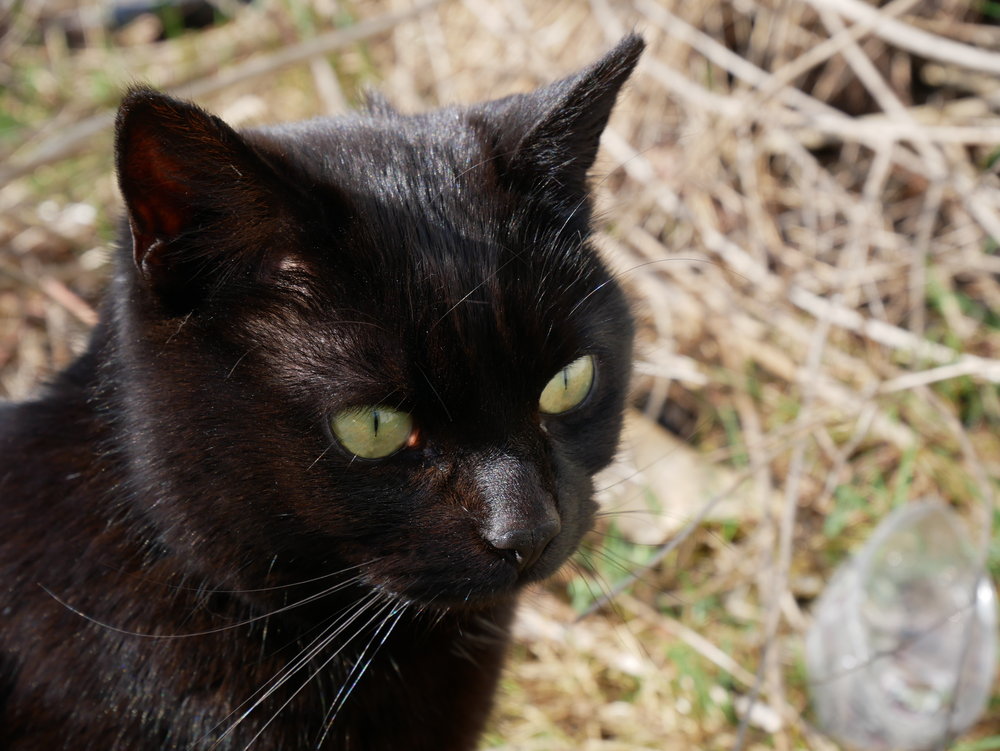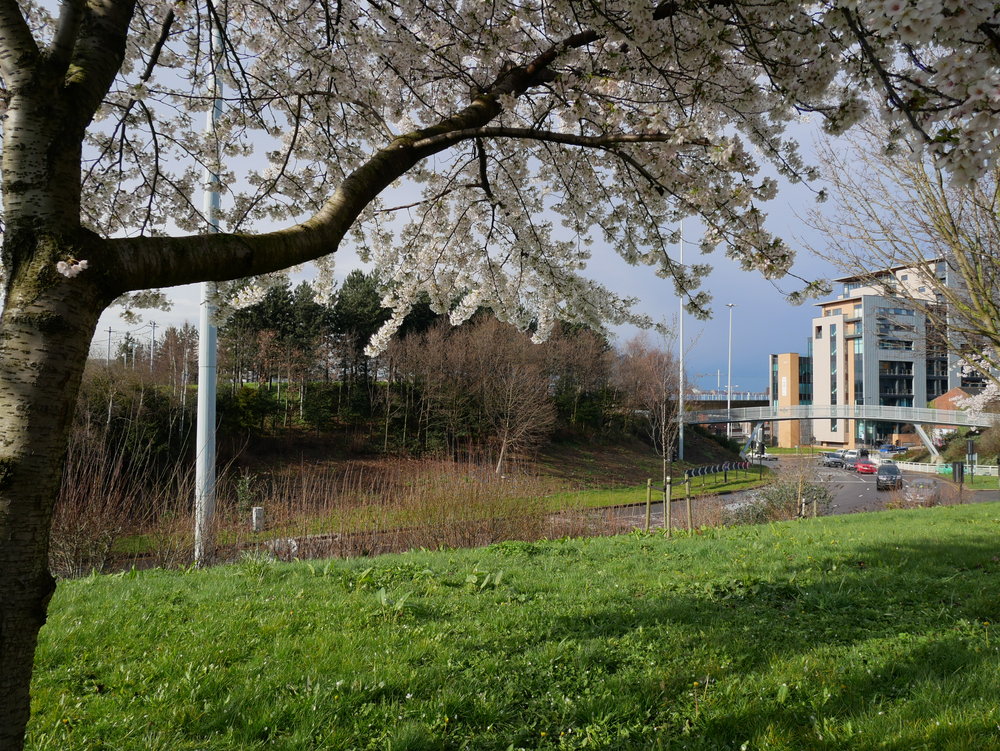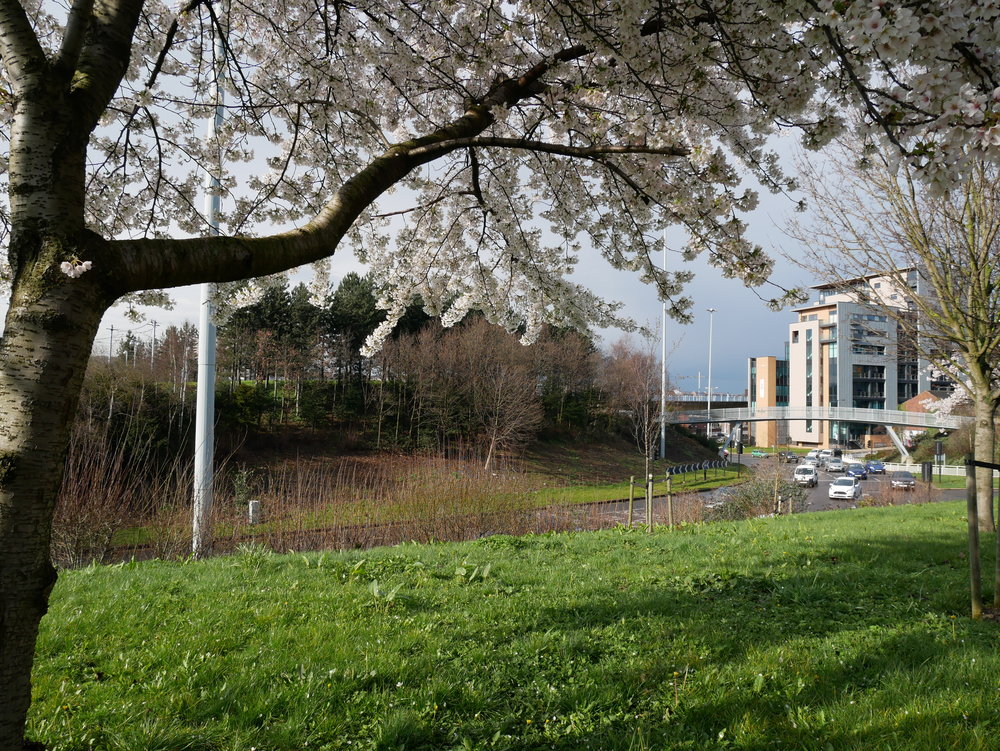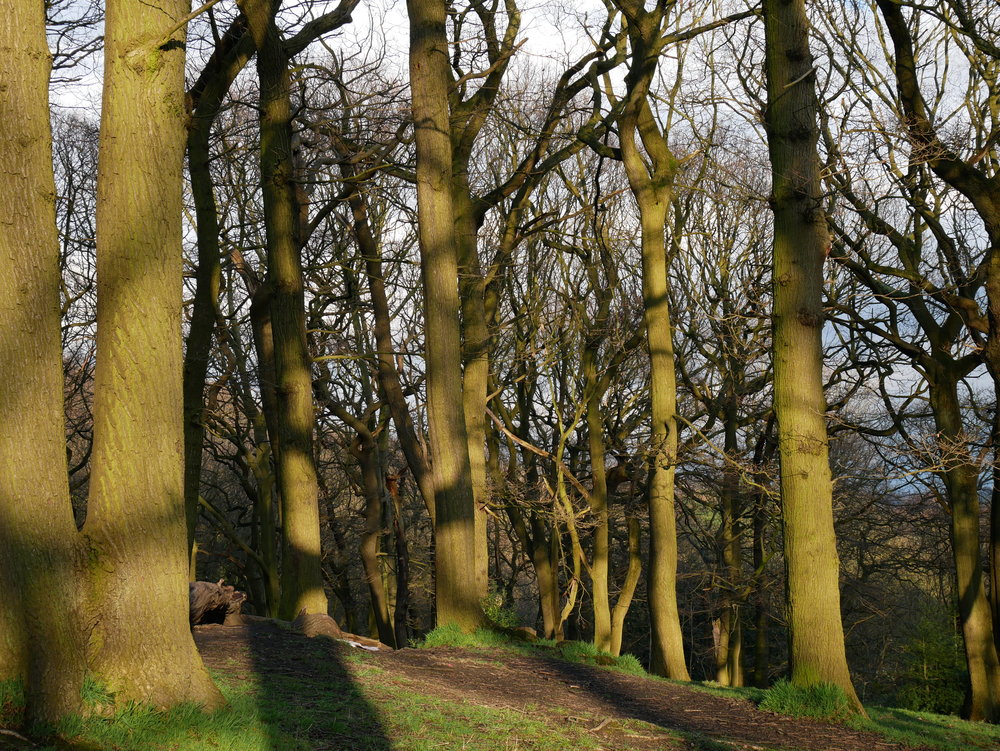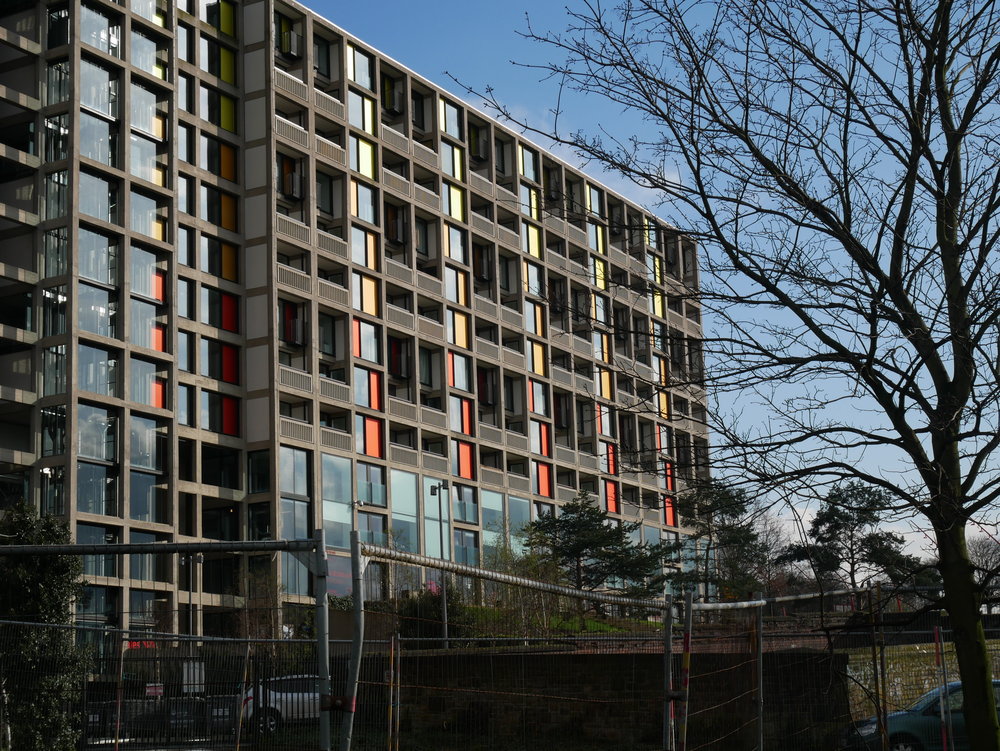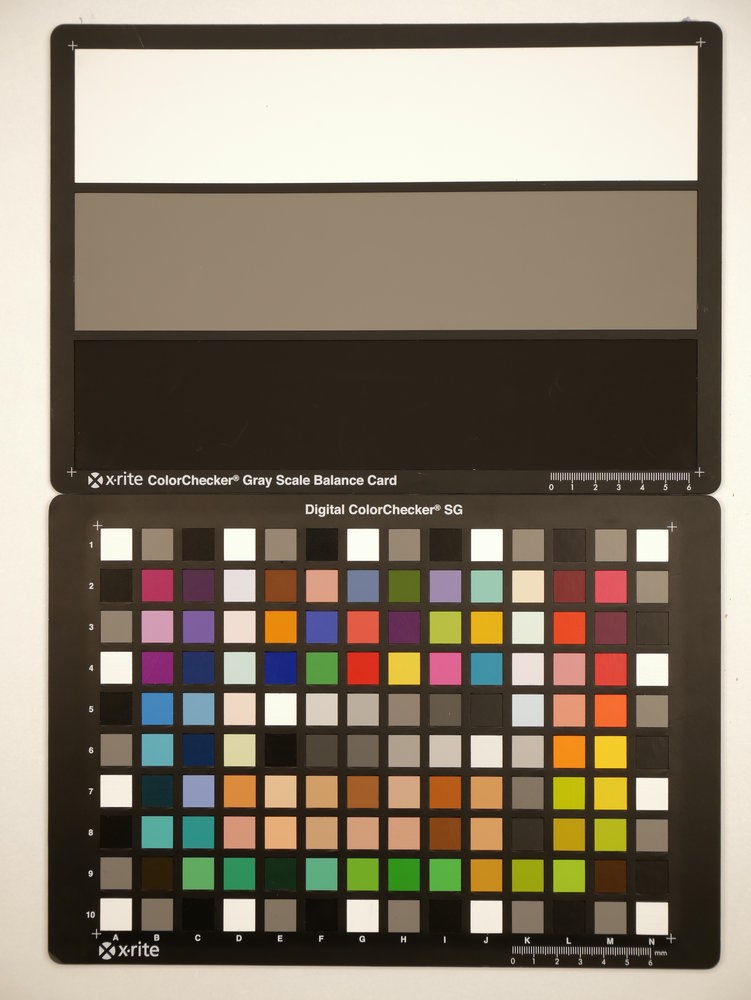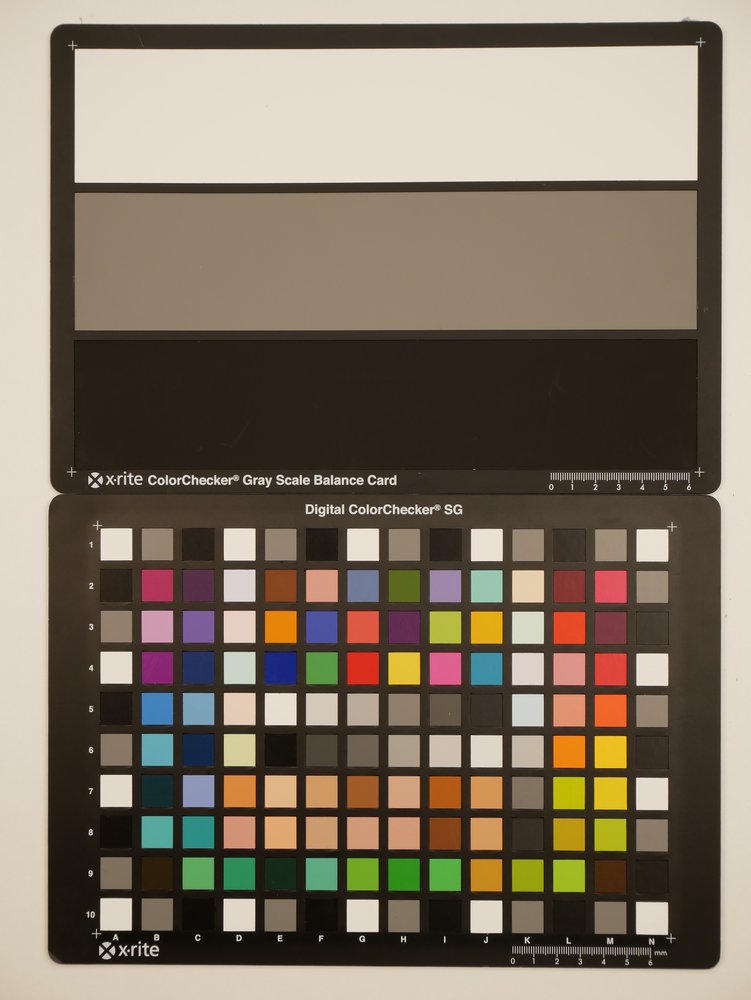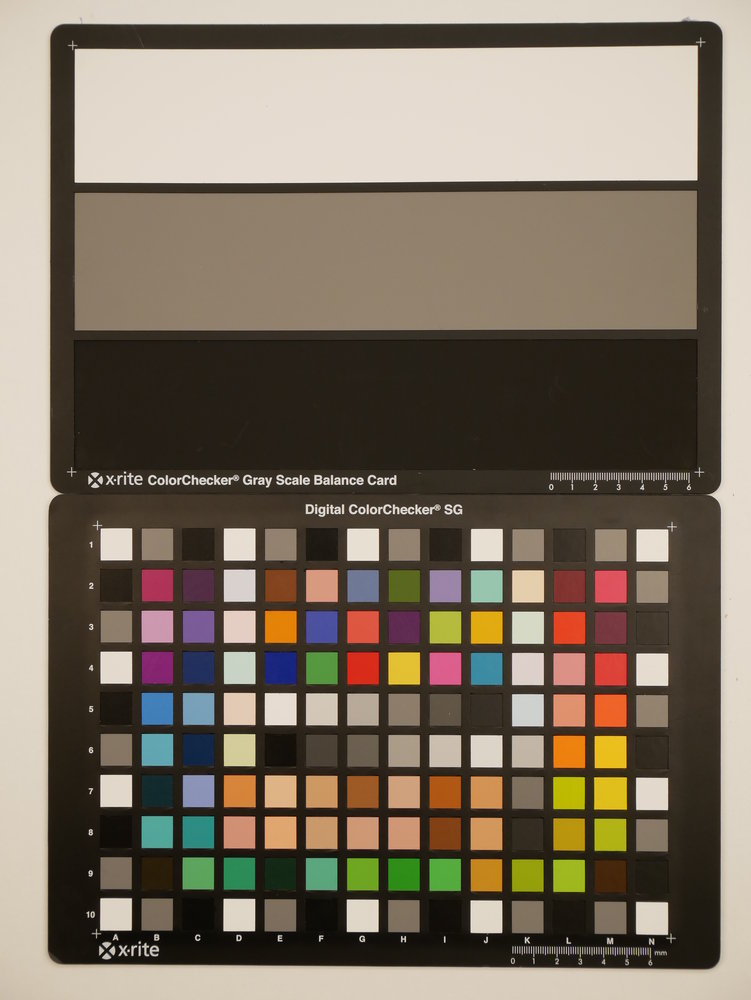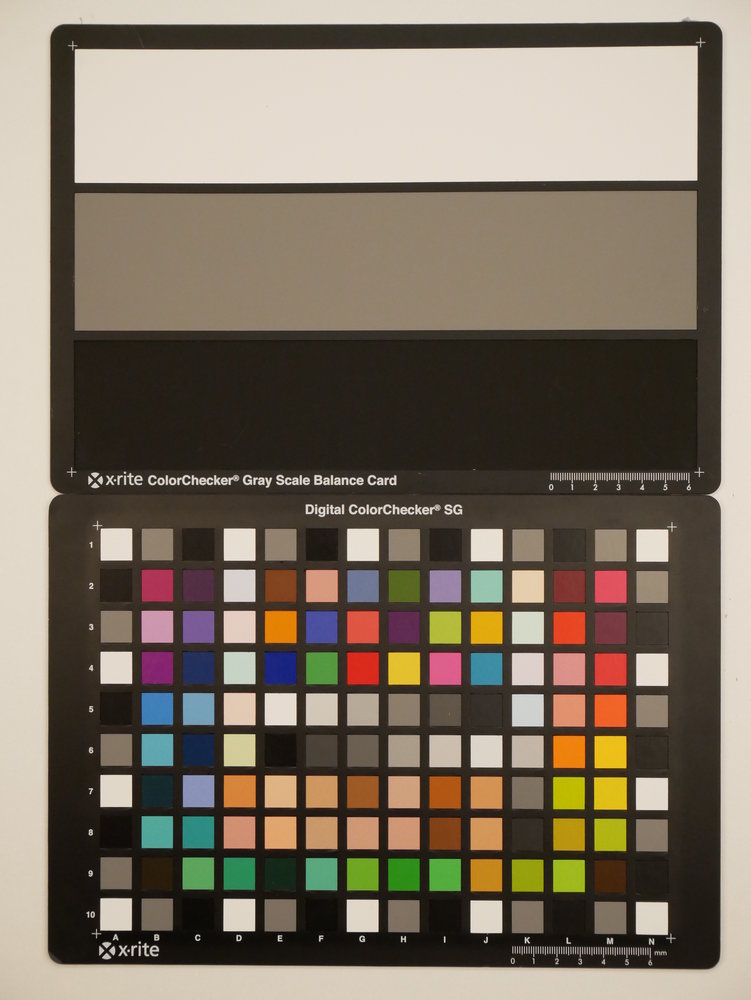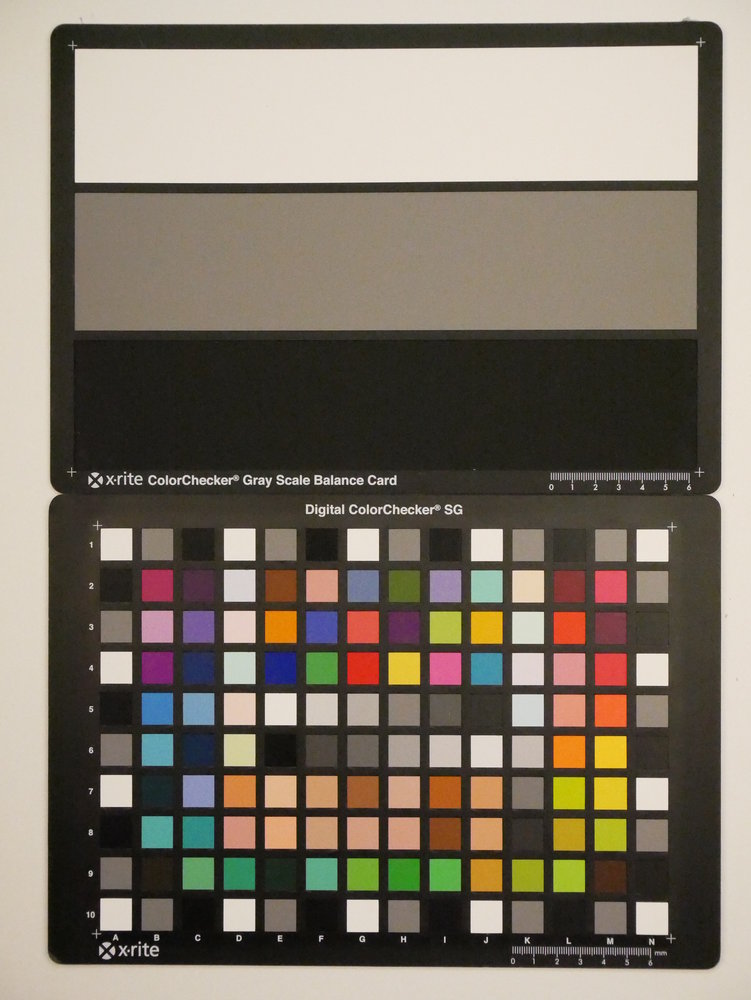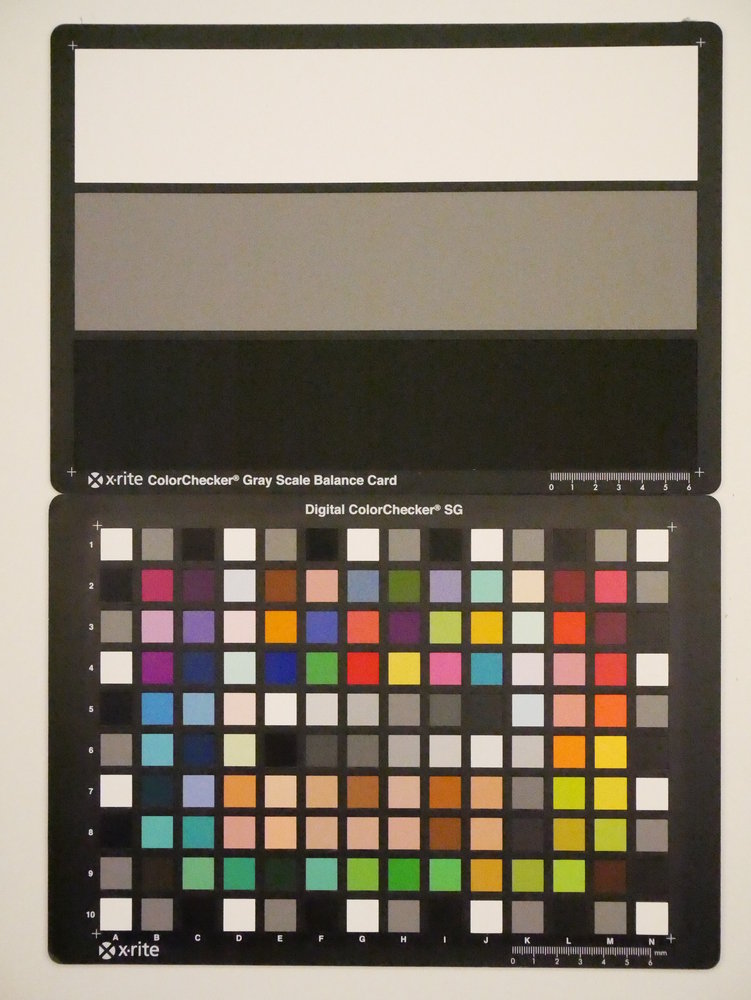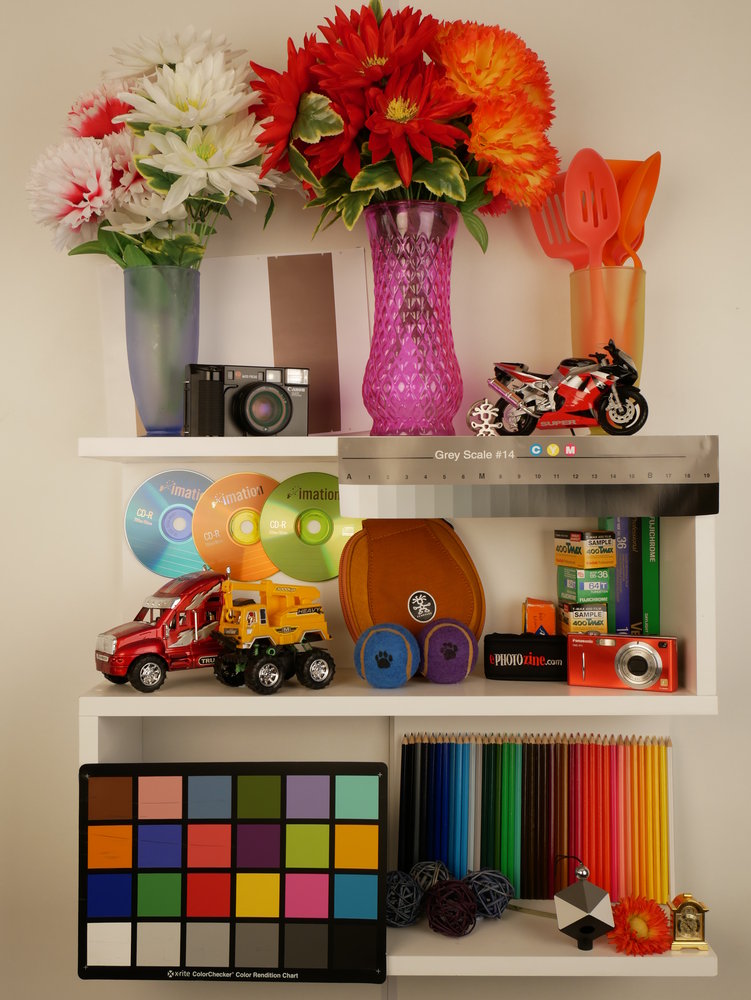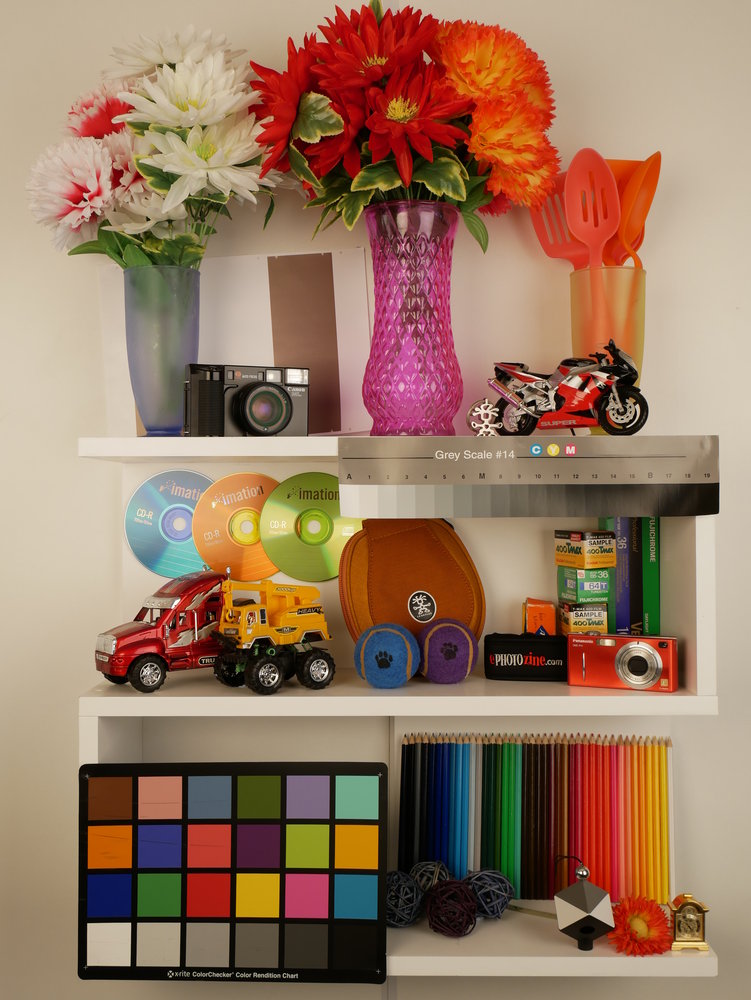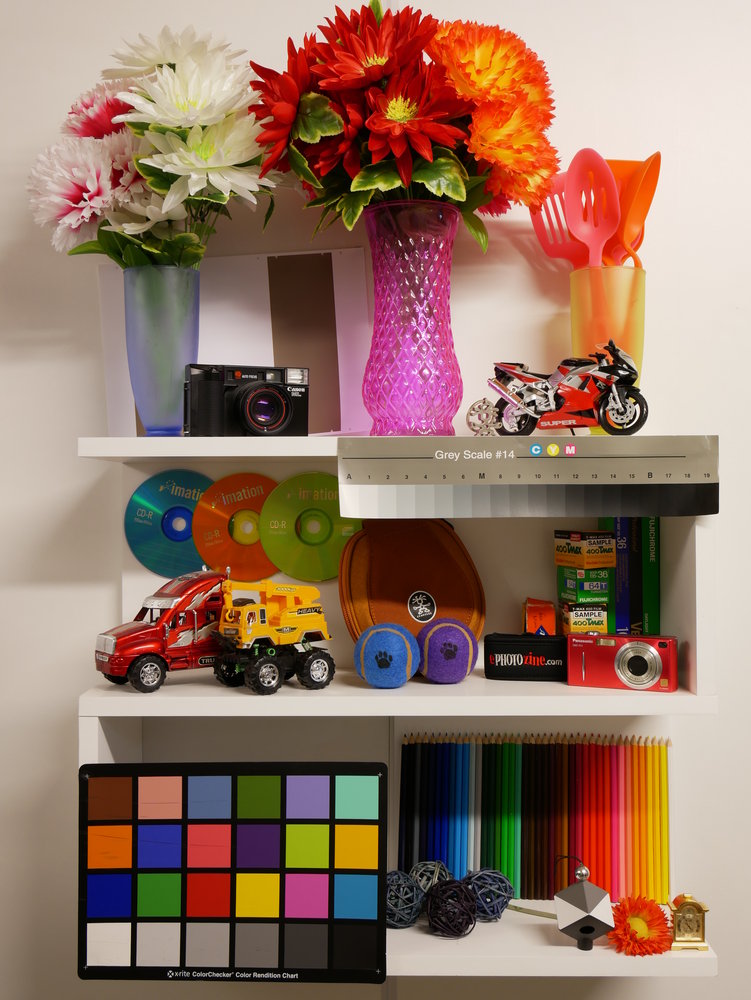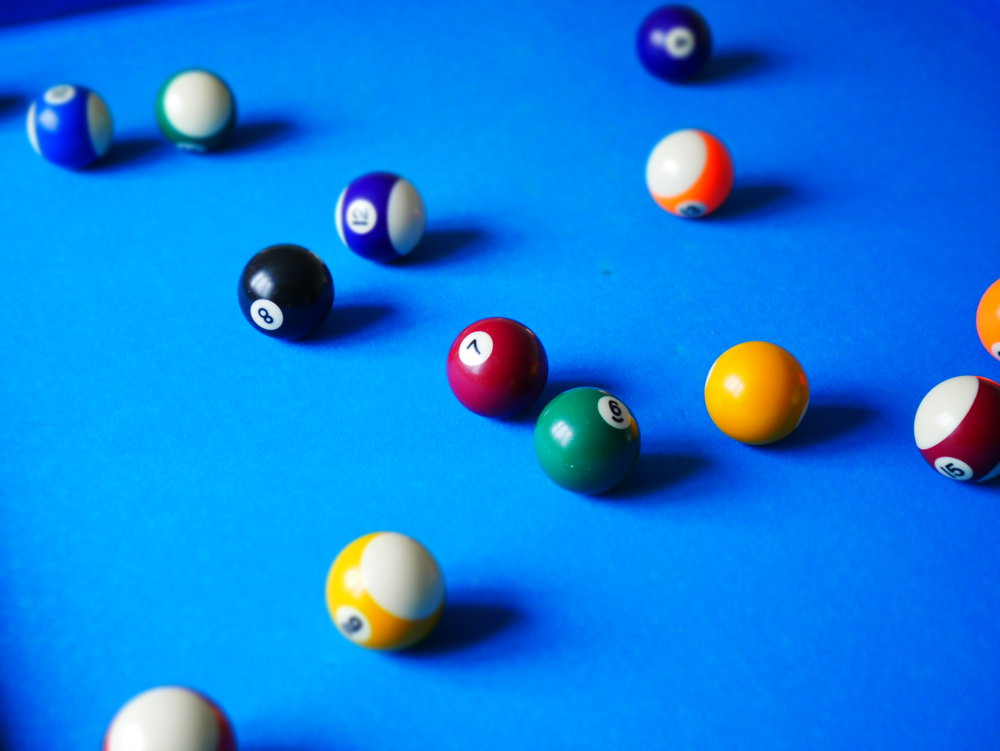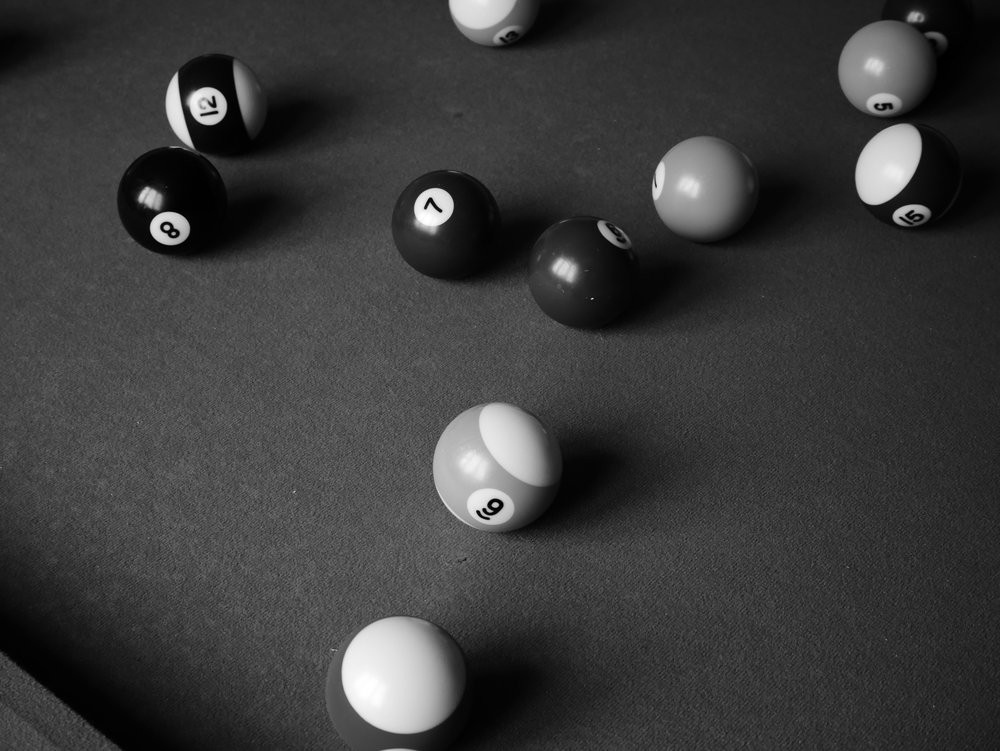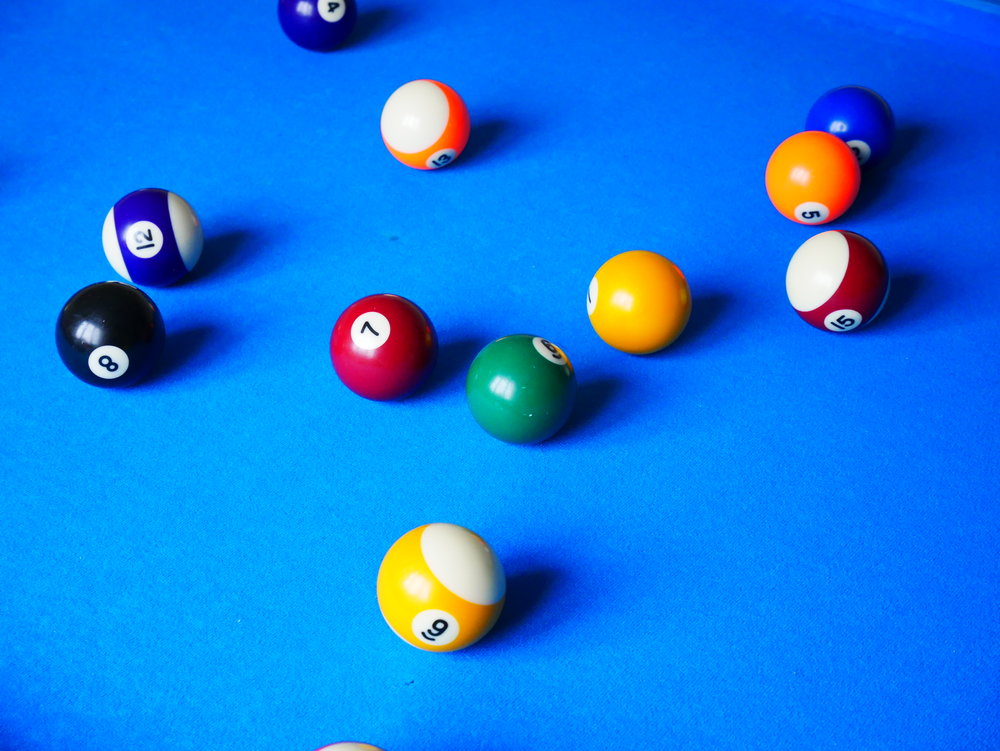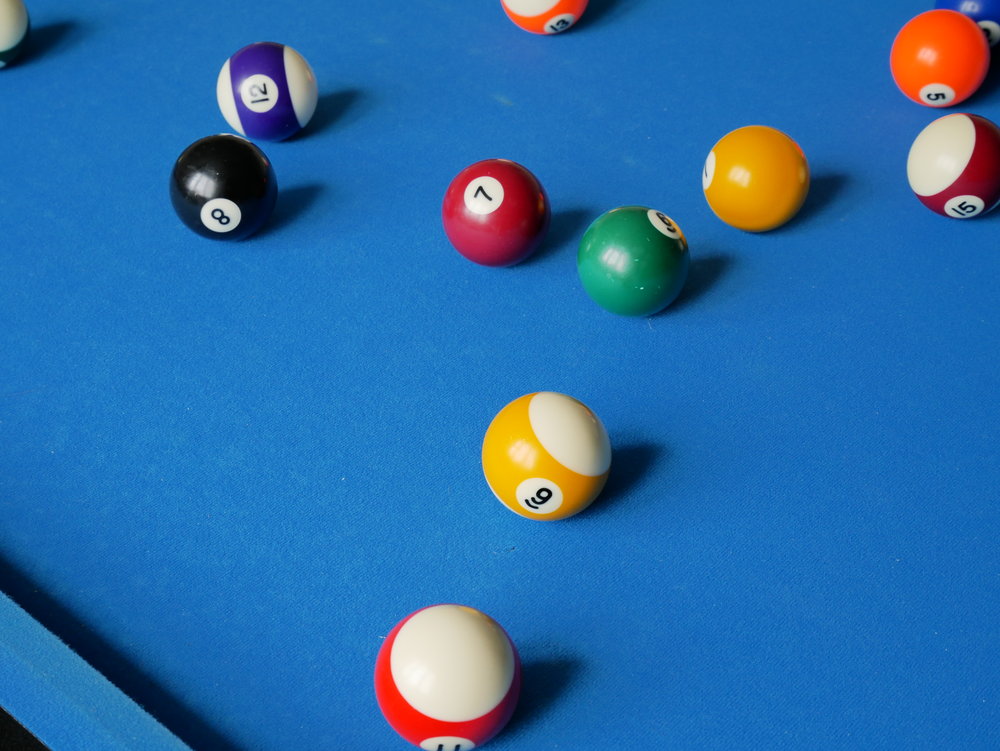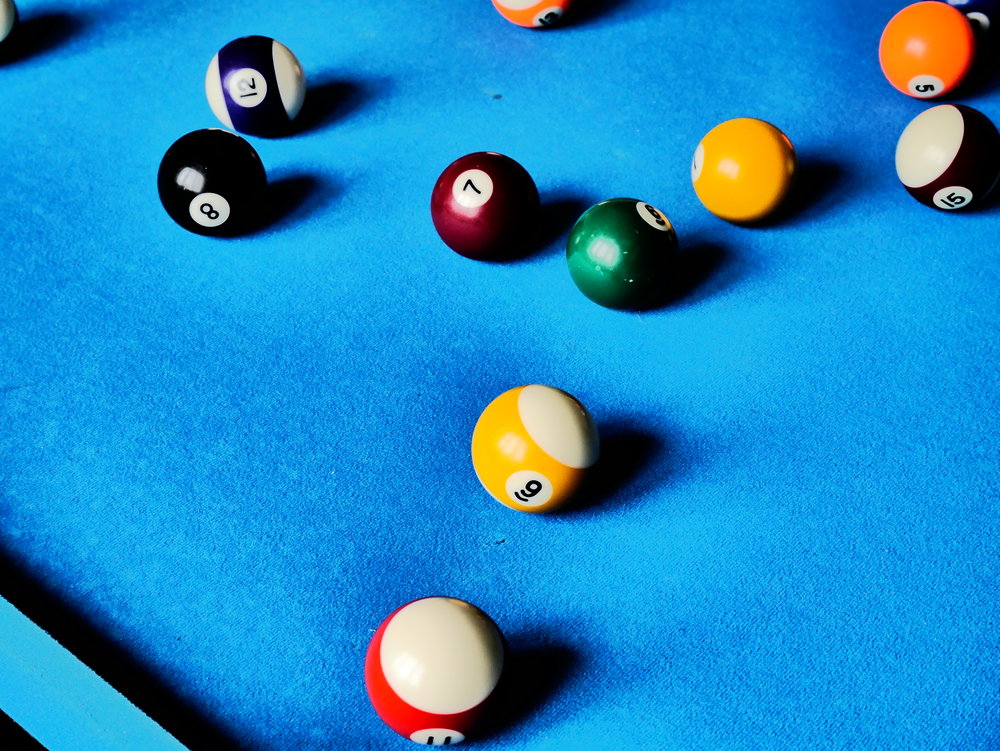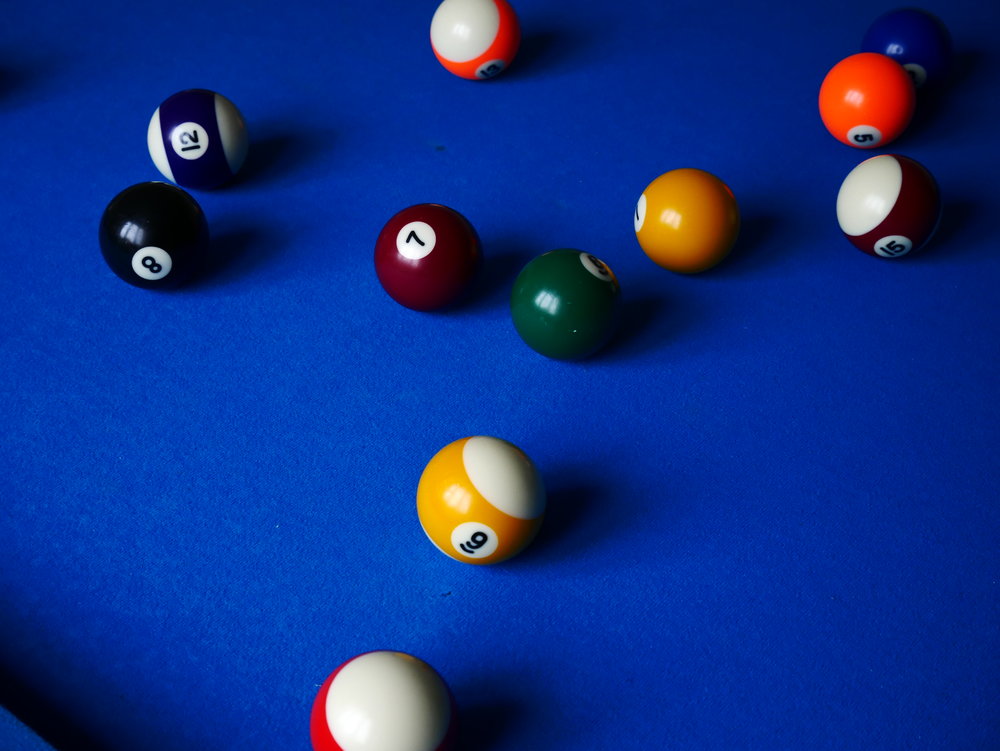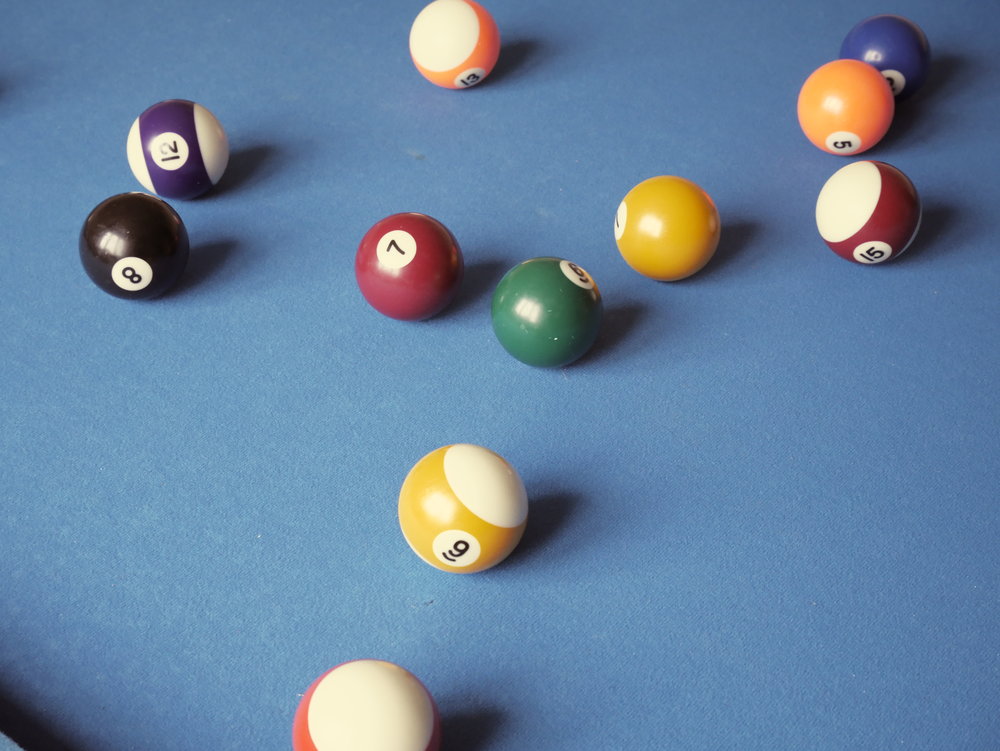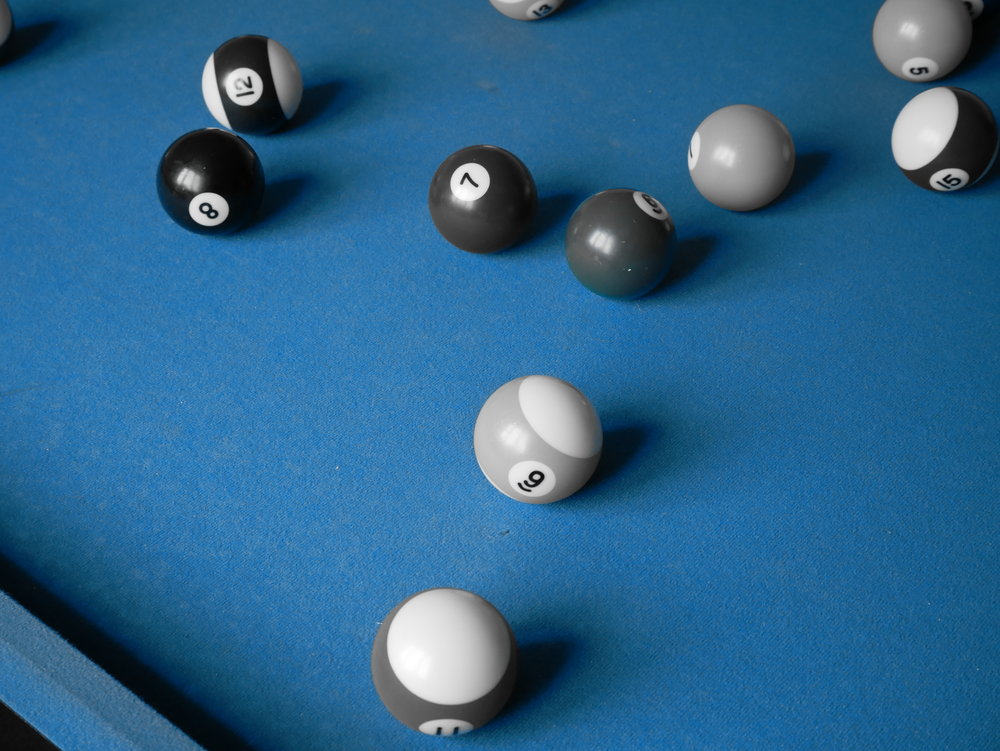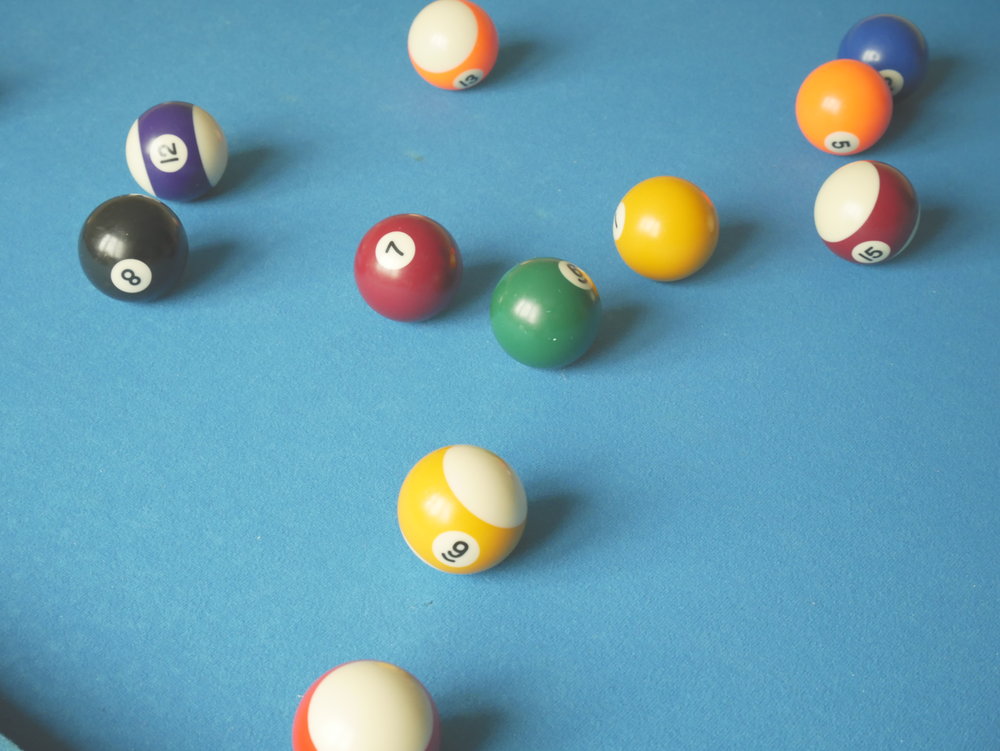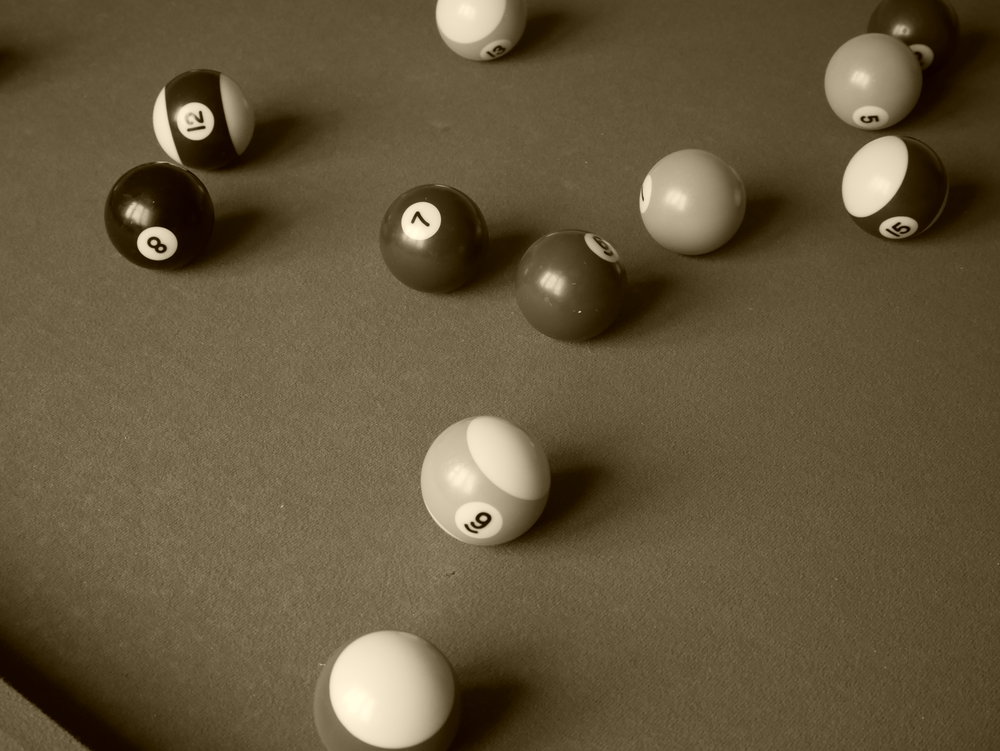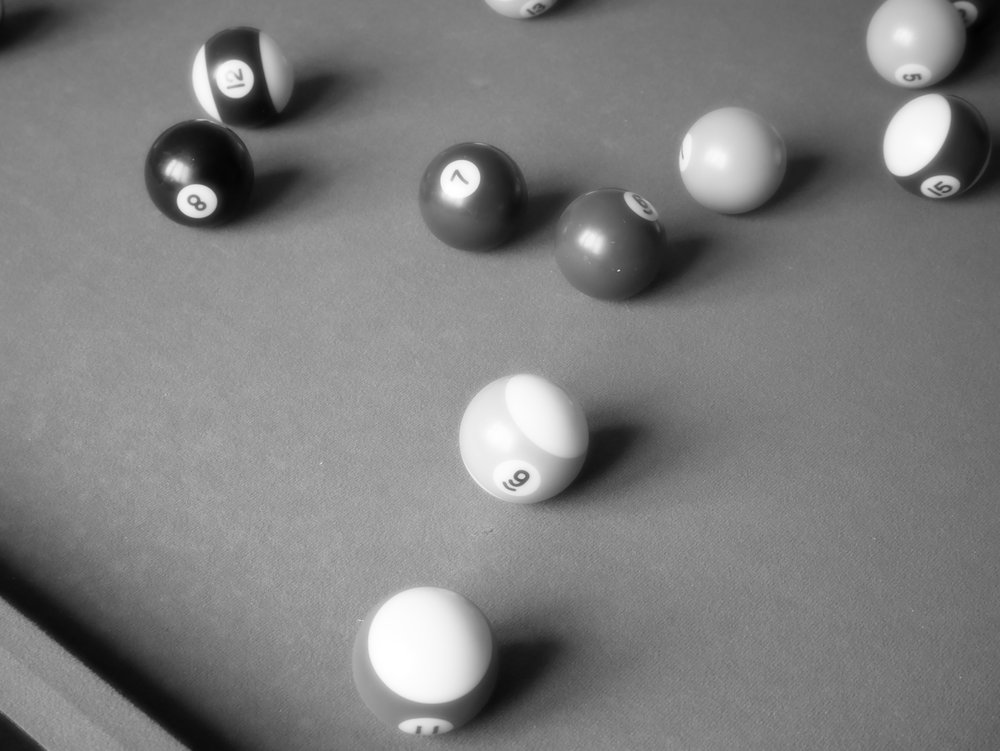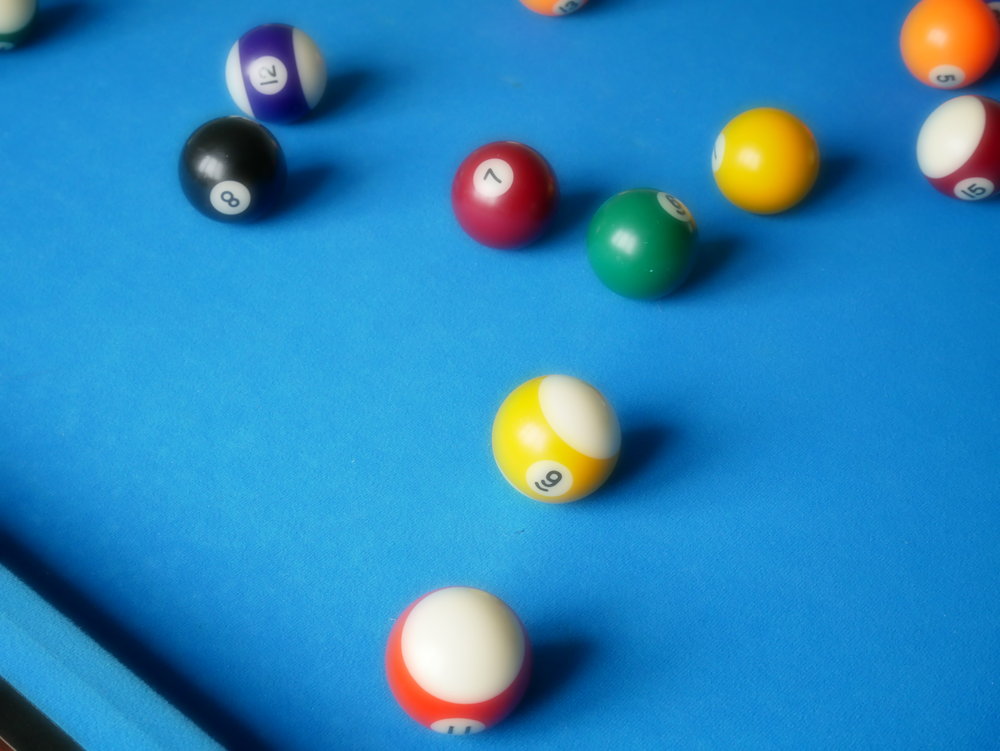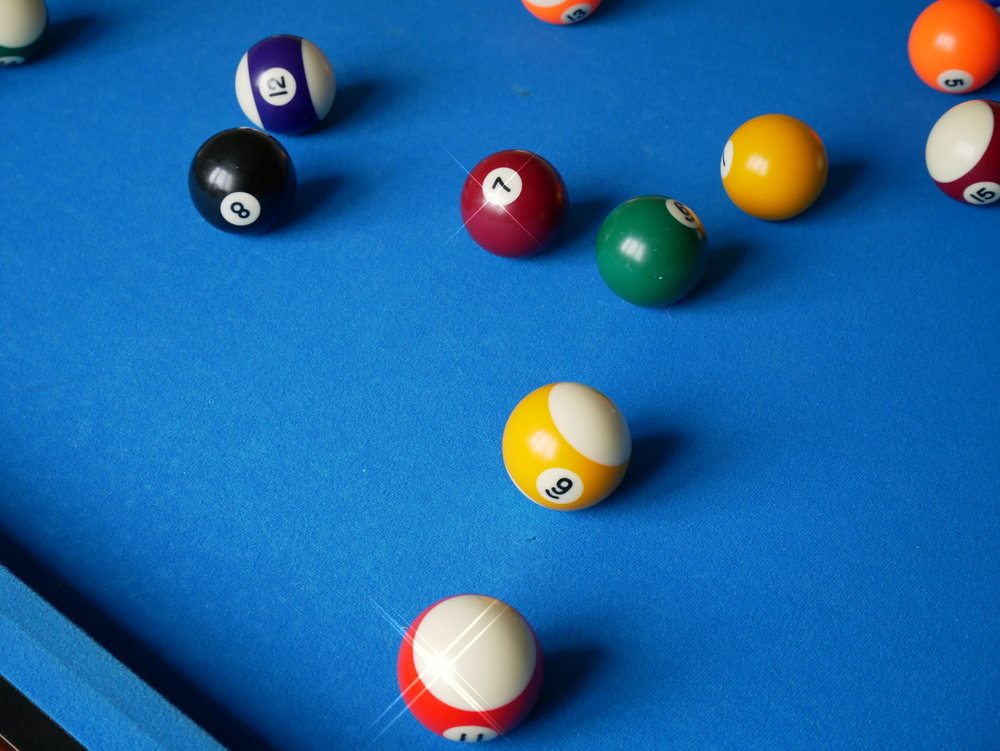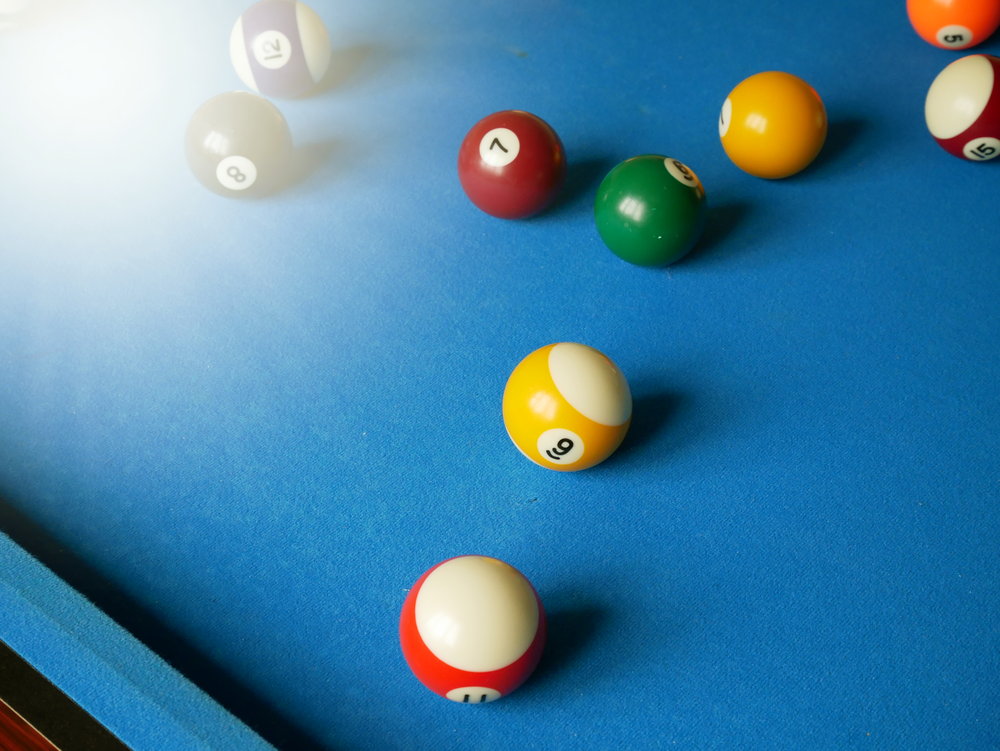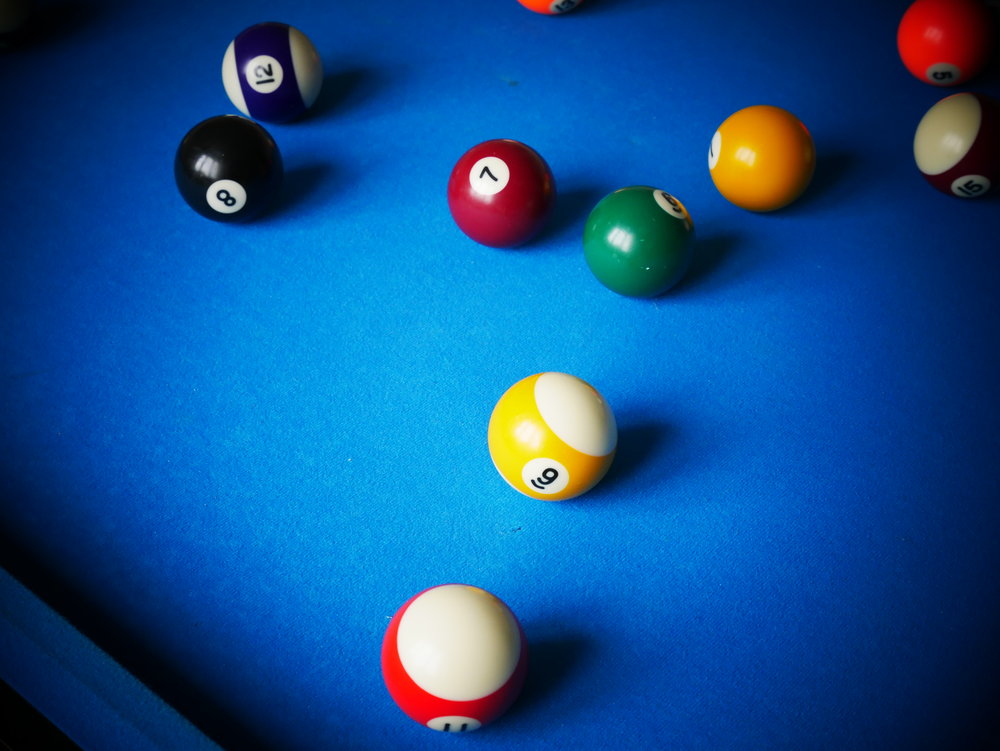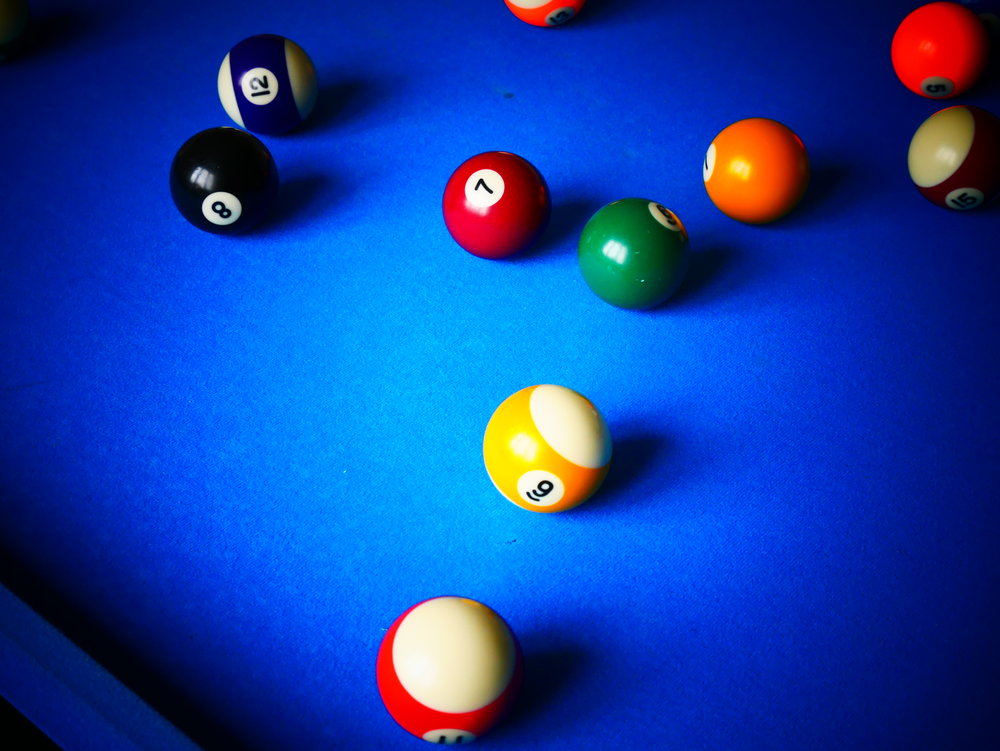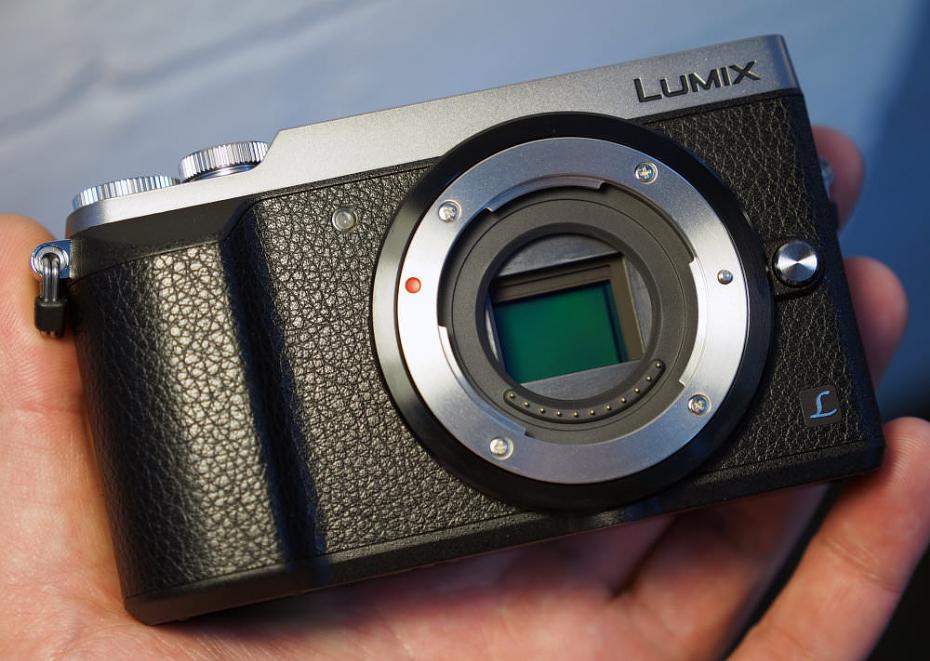
The Panasonic Lumix GX80 is a new mirrorless interchangeable lens camera with a 16 megapixel Micro Four Thirds sensor, 5-axis in-camera sensor based image stabilisation, 4K video recording, and a sensor without the optical low pass filter, for improved resolution, contrast and colour reproduction. The GX80 will be available for £509 body only.
Panasonic Lumix GX80 Features
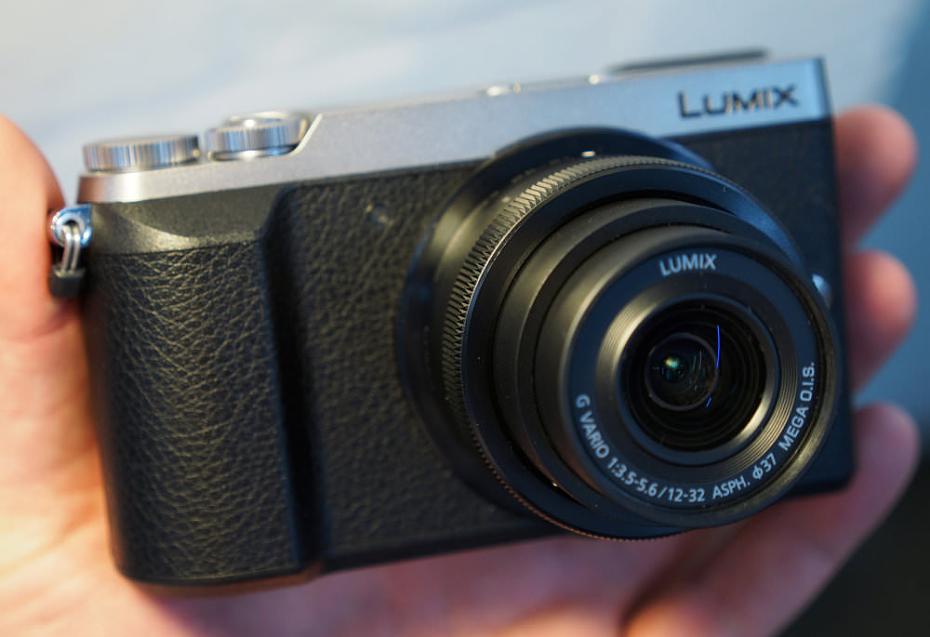
The Panasonic Lumix GX80 features the same 16 megapixel Micro Four Thirds sensor as the GX7 (which has now been discontinued), but without the optical low-pass filter, for improved detail and resolution, which also means that noise performance should also be improved. The camera has 5-axis sensor based image stabilisation, which is designed to work in combination with lens-based image stabilisation. The Panasonic Lumix GX80 is also known as the GX85 in some parts of the world, or alternatively as the GX7 Mark II in Asia.
Panasonic Lumix GX80 Features at a glance
- 16-megapixel sensor w/o Low Pass Filter
- 5-axis sensor-based image stabilisation
- 4K Photo / Video with IS
- Post Focus
The Panasonic Lumix GX80 has a newly developed shutter unit, that is both smaller, as well as quieter, and has been designed to dramatically reduce shutter vibration (or shock), with a 90% reduction in shutter shock. The camera can shoot at 1/4,000s using the mechanical shutter, or 1/16,000s using an electronic shutter.
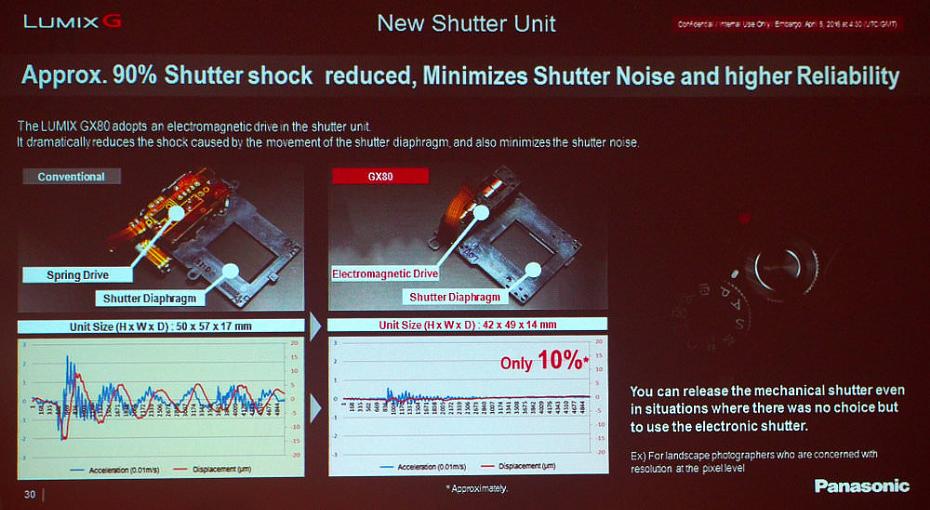
Panasonic Lumix GX80 Shutter Unit
The camera has a Panasonic Venus Engine image processor designed to get the best out of the GX80 sensor. The sensor is the same as that used in the GX7, but with the low-pass filter removed resolution is improved, as well as colour reproduction. To avoid false colour (moire) which can occur when the low-pass filter has been removed, the camera has built-in moire suppression, so that there is both the benefit of improved resolution, as well as reduced false colour.
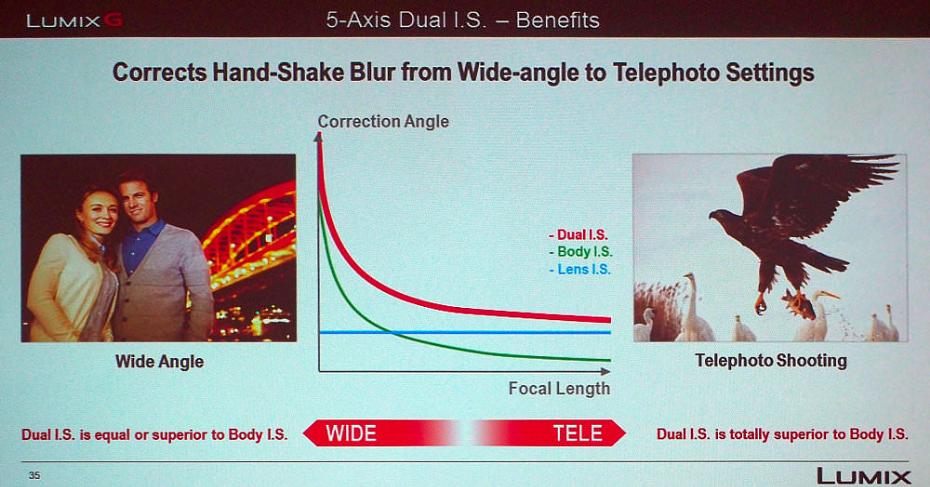
Panasonic Lumix GX80 Image Stabilisation
The GX80 features Dual IS (Image Stabilisation): Lens image stabilisation (2-axis) and camera image stabilisation (5-axis sensor based) works simultaneously for improved image stabilisation. This works for photos, video, 4K video, as well as 4K photo, and this is the first camera to give 5-axis image stabilisation whilst recording 4K video. The use of dual image stabilisation is said to be particularly beneficial when using longer telephoto lenses.
Compared to the Panasonic Lumix GX8, GX7, and Olympus PEN-F:
| Panasonic GX8 | Panasonic GX80 | Panasonic GX7 | Olympus PEN-F |
| 20mp | 16mp | 16mp | 20mp |
| 0.77x EVF | 0.7x EVF | 0.7x EVF | 0.615x EVF |
| 3inch vari-angle | 3inch tilting | 3inch tilting | 3inch vari-angle |
| 4-axis (sensor IS) | 5-axis (sensor IS) | 2-axis (sensor IS) | 5-axis (sensor IS) |
| ISO100-25600 | ISO100-25600 | ISO125-12800 | ISO80-25600 |
| 8fps (6 with AFC) | 8fps (6 with AFC) | 5.3fps (4.3 with AFC) | 10-11fps |
| 340 shots | 290 shots | 350 shots | 330 shots |
| 487g | 426g | 402g | 427g |
| 4K video | 4K video | FullHD | FullHD |
| No flash | Flash (GN6) | Flash (GN7) | No flash |
| Weather sealed | - | - | - |
| £649 body only | £509 body only | £389 with lens | £999 body only |
The GX80 features an electronic viewfinder (EVF) with 2764K dot resolution, 100% colour reproduction, a 16:9 aspect ratio and 0.7x magnification, and an eye detection sensor. The EVF doesn't tilt, like it does on the GX8 and GX7, and the design of the camera makes the camera look a lot like a mini GX8.
There are full manual controls, as well as intelligent Auto, and you can use the creative effects in P/A/S/M modes. There is a new L Monochrome mode - added to Photo Styles, to give impressive, deep black photos with rich gradation like black and white film. A Light composition mode lets you take low light shots of subjects including fireworks, and light painting, etc, and combines a number of shots to produce one image.
Wi-Fi connectivity is built in, with a QR-Code for a quick connection to your smartphone or tablet. The Panasonic Image App has a number of options, including remote control, image transfer, geotagging, snap movie, photo collage, and more.
The GX80 records 4K (UHD: 3840x2160) video at 30, 25, and 24fps, with stereo sound, as well as full HD video at 50p, 50i, 25p, and 24p. Focus can be set with the touch screen, and there are a number of different focus options including: Face/Eye Detection AF, Pinpoint AF, One-shot AF and advanced Low Light AF (-4EV).
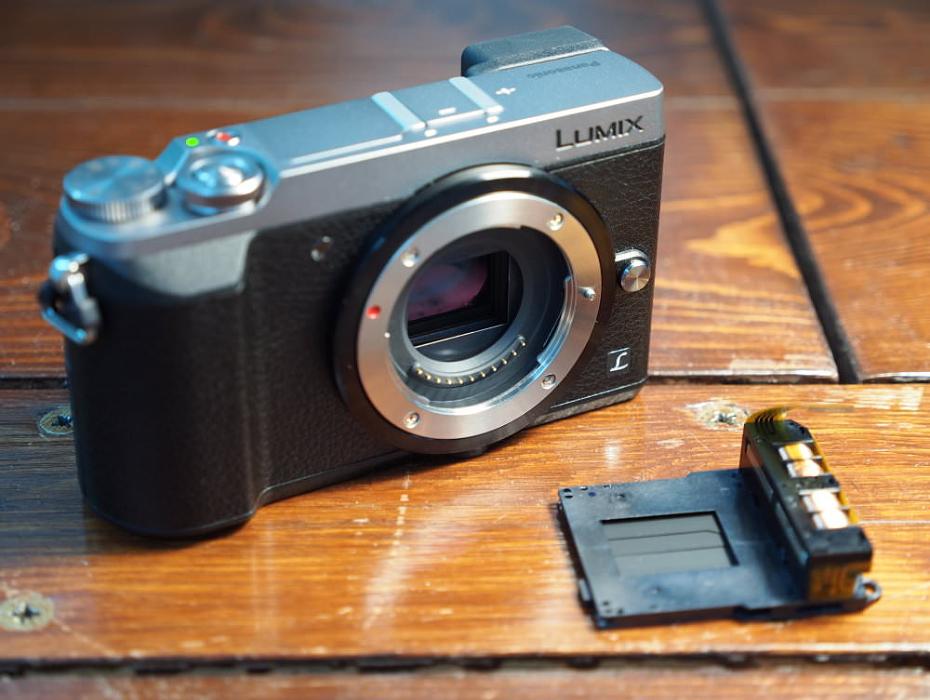
Key Features
- 16 megapixel Micro Four Thirds sensor, without Low Pass Filter
- 5-axis image stabilisation (sensor based)
- 3inch tilting touch-screen, 1040K dots
- Electronic viewfinder, 2764K dots, 0.7x magnification
- 4K Photo (30fps), Post-focus
- 4K Video (UHD: 3840x2160), 30, 25, 24p, Stereo sound
- ISO200 - ISO25600, Extends to ISO100
- Wi-Fi connectivity with QR-Code
- 8fps continuous shooting, 6fps with C-AF
- Panoramic shooting / HDR mode / Creative Effects
- RAW image development in-camera
- Silent Mode, Multiple Exposure
- Time Lapse Shot / Stop Motion Animation
- Built-in pop-up flash (GN6)
- Available in Black, Silver, Tan
Panasonic Lumix GX80 Handling
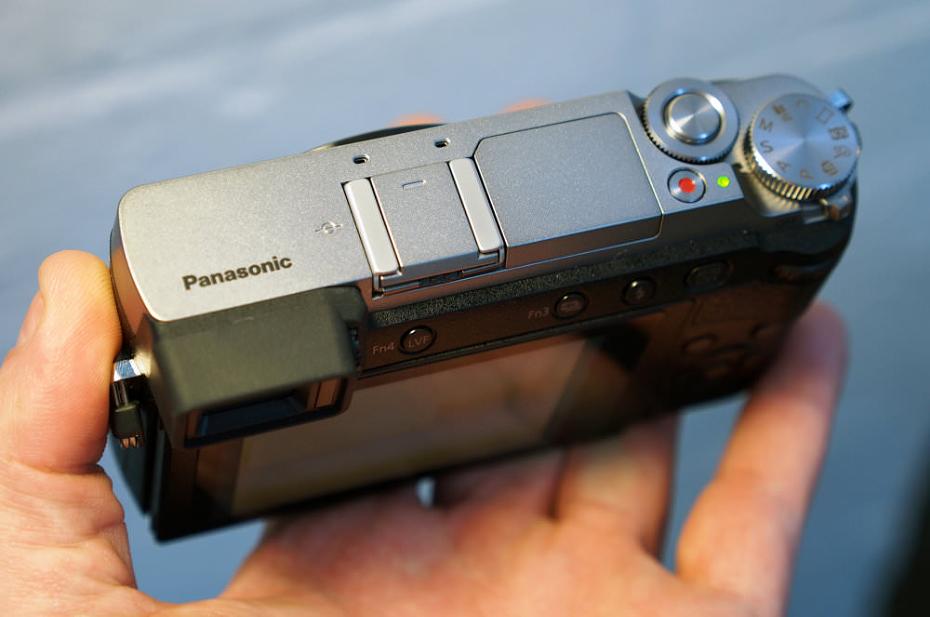
The GX80 has a solid plastic body that feels very well built, and the tilting screen is firmly attached giving reassuring confidence in the design. Despite the plastic body, the camera feels extremely solid. There is a textured grip with a leather-like look, but unfortunately, this isn't a rubber grip, like the one found on the GX7.
There is a front and rear control wheel, so that you can quickly change aperture and shutter speeds, or other settings, and there are numerous function buttons that can be customised. The Q.Menu button can be used to quickly change settings, without having to go into the menu system. You can also customise five function buttons on screen so that you can setup the camera to give you quick access to your favourite settings.
The electronic viewfinder has a good resolution, and the 16:9 aspect ratio is great for video recording, but less impressive for 4:3 aspect ratio photo shooting, making the electronic viewfinder appear smaller than when using other (4:3 or 3:2) aspect ratio viewfinders. The colours are quite strongly saturated, but this can be adjusted.
The screen quality is good with a clear display and good viewing angles, and you can view the screen even in bright sunlight. The electronic viewfinder and screen colours match although as mentioned above the viewfinder can appear quite highly saturated. The tilting screen fits very neatly into the camera when in its closed position, and it almost looks like the screen doesn't tilt at first glance. You can use the touch-screen to set the focus point to anywhere on the screen, however care needs to be taken when using the EVF, as your nose can accidentally set the focus point - luckily this can be switched off. Focus is said to work down to -4EV, with the focus assist lamp helping here.
The tripod socket is quite close to the front of the camera, however, unlike the PEN-F, this does not cause any problems when mounting larger lenses on the camera. The shutter is quieter and much more pleasant sounding than the GX7 shutter when a lens is mounted to the camera.
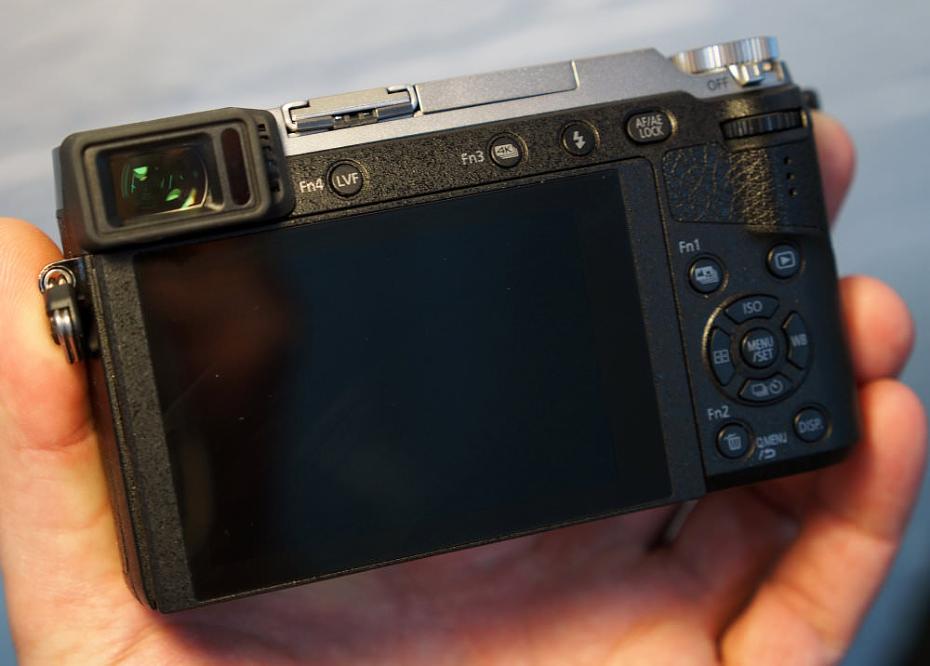
Menus – The Panasonic Lumix GX80 menus are clearly and well laid out, with the menus separated over different colour coded sections. There is built-in help that explains each option, which makes it easier to use the camera, without having to refer to the manual. You can watch a video of the menu options available on the ePHOTOzine YouTube channel. The Q.Menu button gives quick access to some of the most common settings, and you can use the touch-screen to change settings and options as well as scroll through the menus. In playback you can use pinch to zoom, or scroll through different photos, making it easy to use the camera, particularly if you're used to using a smartphone.
Built-in Wi-Fi allows you to remote control the camera, and you can take photos as well as start and stop video recording. You can transfer images to a smartphone or tablet, or add geotagging information to photos. There are options for Snap Movie as well as Photo Collage. Setting up the connection is easy, as you can simply connect to the camera's Wi-Fi or use the QR code so that the connection is setup for you.
Battery life - Battery life is rated at 290 shots according to Panasonic / CIPA test results, which is lower than other Panasonic Micro Four Thirds cameras, although we suspect it is due to the new in-camera sensor based image stabilisation. Thankfully, you can charge the battery using the MicroUSB connection, which will make it easy to charge the camera where-ever you are. The GX80 uses the same battery as the GX7.

Panasonic Lumix GX80 Performance
The performance section is where we look at the image quality performance of the camera. Additional sample photos and product shots are available in the Equipment Database, where you can add your own review, photos and product ratings.
Speed - We took a number of shots to test the camera's responsiveness, from switch on to first photo, shot to shot, focusing speed etc. We take a number of shots and then use the average to ensure accurate and consistent tests, making it easy to compare with other cameras.
| Shutter Response | <0.05secs |
| Wide - Focus / Shutter Response | 0.125secs |
| Full zoom - Focus / Shutter Response | 0.125secs |
| Switch on Time to Taking a Photo | 0.7secs |
| Shot to Shot without Flash | 0.4secs |
| Shot to Shot with Flash | 0.7secs |
| Continuous Shooting - JPEG (shots before slow down) |
8fps (180 shots) |
| Continuous Shooting - Flash | N/A |
| Continuous Shooting - RAW | 6fps (52 shots) |
With continuous AF active, and AF tracking selected, we were able to shoot at 5fps (JPEG).
Panasonic Lumix GX80 Sample Photos
Sample Photos - Exposure is reliable, and the camera produces images with good colour and detail. Dynamic range is good, and there are a number of ways to expand this, whether by using the HDR mode, shooting and processing raw images, or by using the iDynamic option. Face and eye detection focus is particularly helpful for portrait and people photography, giving a very high success rate, and the camera produces images with very pleasing colour and skin tones.
Panasonic Lumix GX80 Lens test images
Lens Performance - The Panasonic 12-32mm lens performs well and compacts to a very small size which makes the camera fit easily into jacket pockets. The camera has options for shading compensation, diffraction compensation, and the camera will automatically correct for purple fringing. Detail is good, although images are softer towards the corner of the frame, and you can get sharper, more detailed photos from other lenses. The macro performance of the lens isn't the best, and for better macro photos, a dedicated lens or an alternative zoom lens is recommended. Distortion is automatically corrected in camera, so shouldn't cause any concerns.
We tested the in-camera sensor based 5-axis image stabilisation system, by using the Panasonic 20mm f/1.7 lens which lacks lens based image stabilisation, and we were able to take shots at 1/5th of a second and still get a sharp shot, which we were also able to match with the Olympus OM-D E-M5. The image stabilisation appears to work as well when using the continuous shooting mode as well.
Panasonic Lumix GX80 ISO test images
ISO Noise Performance - Noise is very well controlled and detail is good right up to ISO1600, with detail dropping off slightly. Detail drops off further as the ISO speed is increased, and noise increases. Noise becomes more noticeable at ISO6400, and then again at ISO12800. Colour saturation remains surprisingly good even as the ISO speed is increased. The GX80 gives very similar results from the lowest ISO setting, up to ISO6400, when compared to the GX7, but there is a slight improvement at ISO12800. Above this there's a slight improvement in the GX80 results, with less loss of colour, although there is also quite noticeable colour noise. Noise reduction can be set from -5 to +5, and we left the camera on the default setting for these images.
Panasonic Lumix GX80 White-balance test images
White Balance Performance - Auto White Balance (AWB) performance is good, with almost identical results when using the tungsten preset. AWB performs very well under fluorescent lighting, and like other Panasonic cameras, there are no fluorescent presets available. Detail is good, although the difference between this camera and other 16 megapixel Panasonic Lumix G series cameras when using the 12-32mm lens is quite subtle, unless you spend time pixel peeping and comparing images side by side, or use different lenses.
Panasonic Lumix GX80 Digital filters
Digital Filters - There are a vast array of creative effects available, and a number of them have additional options, for example you can change the position of the sun when using the sunshine effect. There are additional options for adjusting dynamic range, including highlight / shadow adjustment, iDynamic, plus an HDR shooting mode (JPEG only).

Panoramic | 1/640 sec | f/8.0 | 16.0 mm | ISO 200
The GX80 features an automatic panoramic mode, and will automatically stitch the photos together as you pan from one side to the other. Detail is good, and the camera produces an image with a good resolution.
Video - There are a large number of video options including photo styles, filter options (creative effects), 4K live cropping, snap movie, format (MP4 / AVCHD), manual modes, focus, continuous AF, metering, highlight / shadow, iDynamic, iResolution, diffraction compensation, ex tele converter, digital zoom, stabiliser (IS, e-stabilisation options, focal length set for legacy lenses), flicker decrease, silent operation, mic level display, mic level adjust (4 levels), and wind noise reduction. There are options for zebra pattern display, monochrome live view, and constant preview. You can also divide video in playback mode.
As you would expect from Panasonic, who are pioneers in the 4K video industry, video quality is very good, and thanks to the 5-axis sensor-based image stabilisation system 4K video also benefits from image stabilisation. This is something which is lacking from other Panasonic Lumix cameras, which can struggle to provide effective image stabilisation when recording 4K video. Image stabilisation is also extremely effective for FullHD video, and the results are very good, so that whether you're recording 4K video or FullHD video you are capable of producing great video, even when recording handheld. You can find additional GX80 videos on the ePHOTOzine YouTube channel.
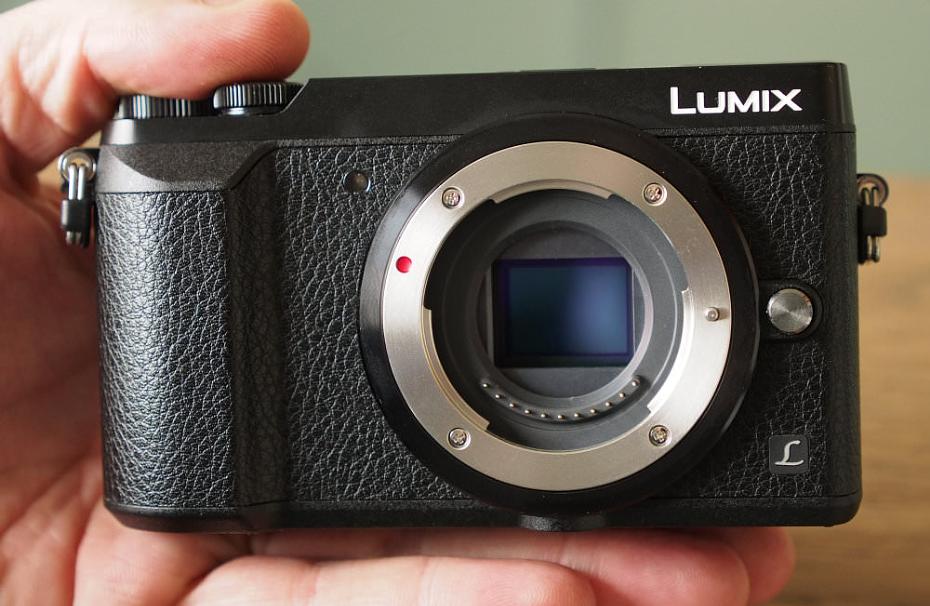
Value For Money
The Panasonic Lumix GX80 is available for £509 body only, or £599 with 12-32mm lens which makes it very good value for money as an interchangeable lens camera with 4K video recording and built-in image stabilisation. Some alternative cameras available at a similar price point include the following, although only the Panasonic Lumix G7 offers 4K video recording:
Sony Alpha A6000, lens-based IS, £469 with lens
Olympus OM-D E-M10 Mark II, 5-axis IS, £549 with lens
Fujifilm X-T10, lens-based IS, £549 with lens
Panasonic Lumix G7, lens-based IS, £499 with lens
Have a look at more compact system cameras with an EVF in our Top 12 Best Premium Mirrorless Cameras 2015. You'll also need to buy a memory card and a case or bag to keep your camera safe and protected - have a look at our complete guide to camera bags.
Panasonic Lumix GX80 Verdict
The Panasonic Lumix GX80 offers a compelling set of features and shows that Panasonic are continuing to innovate in the digital camera market, with a new shutter unit designed to reduce shutter vibration as well as reduce shutter sound. They've removed the optical low-pass filter to improve image quality from the 16-megapixel sensor, and combined with the latest image processing from Panasonic, the results are very good. Panasonic has also introduced 5-axis sensor based image stabilisation, which is designed to work in combination with lenses with optical image stabilisation. Image stabilisation also works with 4K video recording, which means you can record high-quality 4K (UHD) video even when using the camera handheld.
The Lumix GX80 not only records 4K video but also offers 4K photo, which has a number of different options for capturing 8-megapixel photos at 30fps, making sure you don't miss the all-important moment. This technology is used for Panasonic's post focus feature, which lets you re-focus your photo after you've taken it, and beyond this there's also a new light composition mode for shots of fireworks, or light painting. Considering the Panasonic Lumix GX80 offers 4K video, combined with 5-axis image stabilisation, the camera offers very good value for money, yet the camera body is well-built and feels good to hold.
The GX80 delivers images with very good colour and is capable of producing images with excellent detail, although does benefit from the use of high-quality lenses to get the best out of the camera. However, saying that, the 12-32mm kit lens produces good images, and is particularly convenient thanks to the extremely compact size, turning the GX80 into a camera you can easily take with your where-ever you go. For those that want some of the best features available in a mirrorless compact system camera, the Panasonic Lumix GX80 certainly ticks a lot of boxes, and with a wide range of Micro Four Thirds lenses available, it's difficult to resist this camera!
The Panasonic Lumix GX80 brings some of the very best features from all mirrorless cameras and delivers them in an extremely competitively priced camera.

